‘Serial killer’ may have abducted missing NSW women, politician says
A major politician has revealed police identified “causal links” between some of the 67 unsolved cases revealed this week.
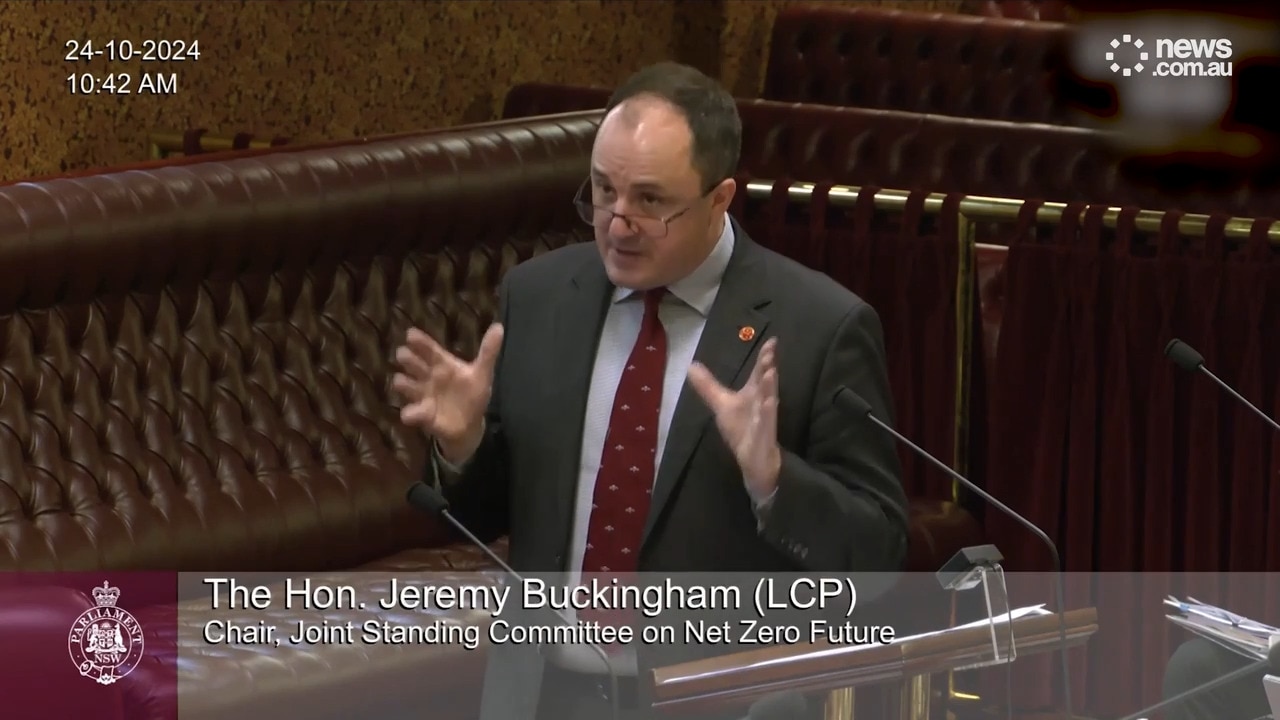
One of Australia’s worst serial killers may still be among us, according to a politician whose questioning of police revealed the cases of 67 women remain unsolved.
Renewed scrutiny has this week fallen on the investigations into the dozens of women who disappeared or were murdered on the New South Wales north coast between the 1970s and mid 2000s.
Upper House member Jeremy Buckingham told state parliament on Thursday that senior police had informed him of the view “causal links” existed between some of these cases.
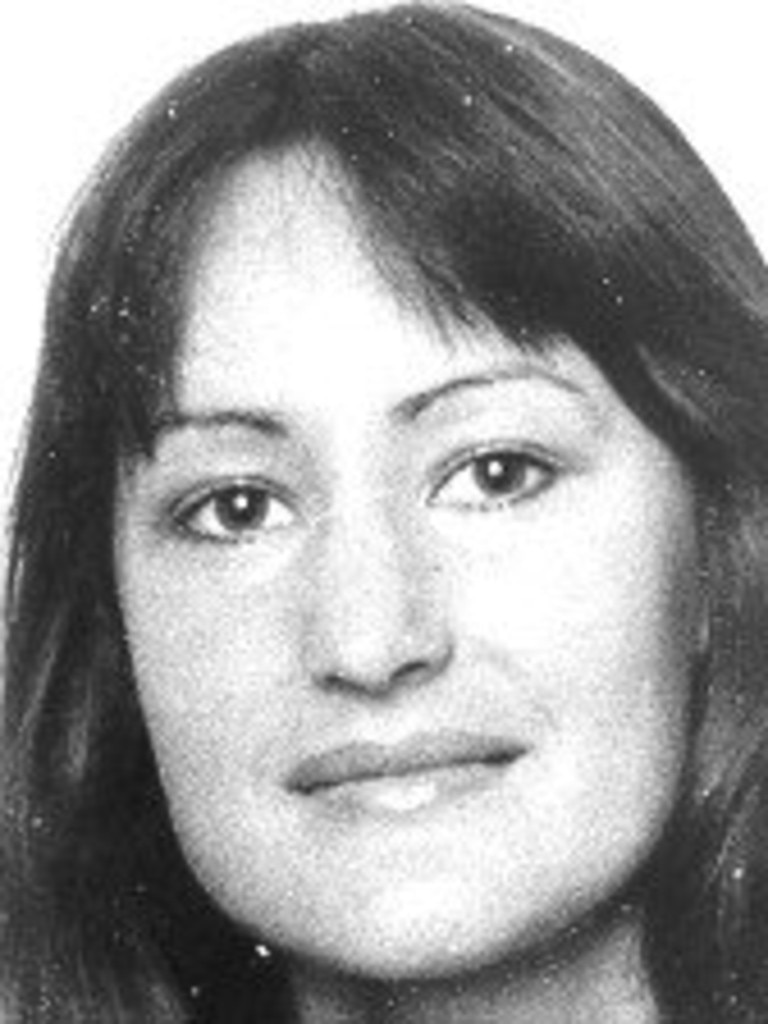
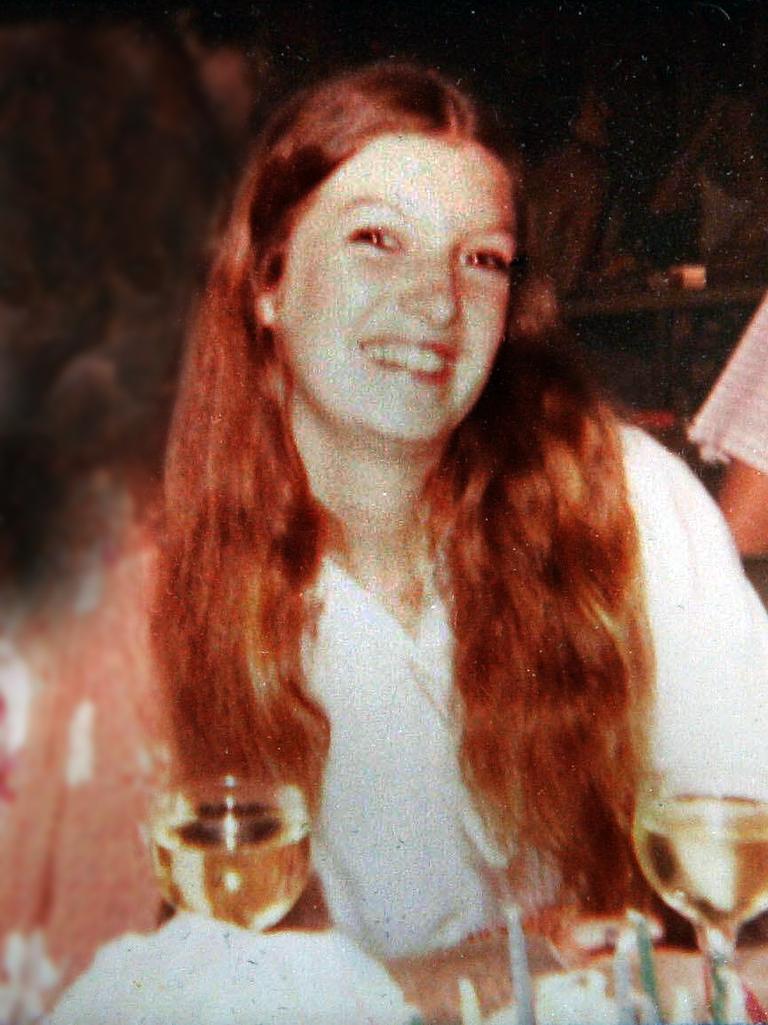
“I've been called, by some alarmist, because my view and the view of senior police like Detective Gary McEvoy who investigated these matters from Coffs Harbour, is that they were and are linked,” he said.
“It is impossible to think that there are 67 murderers that have escaped justice in that area from (the) North Coast to the Tweed Heads – all individuals. Someone has done these things repeatedly.
“This week I met with senior police who confirmed … the most senior police in this state tell us there were causal links in some of these matters.”
It comes after Mr Buckingham’s questioning of the status of investigations into 35 cold cases led police to state there were 67 matters that had been identified during the period in question.
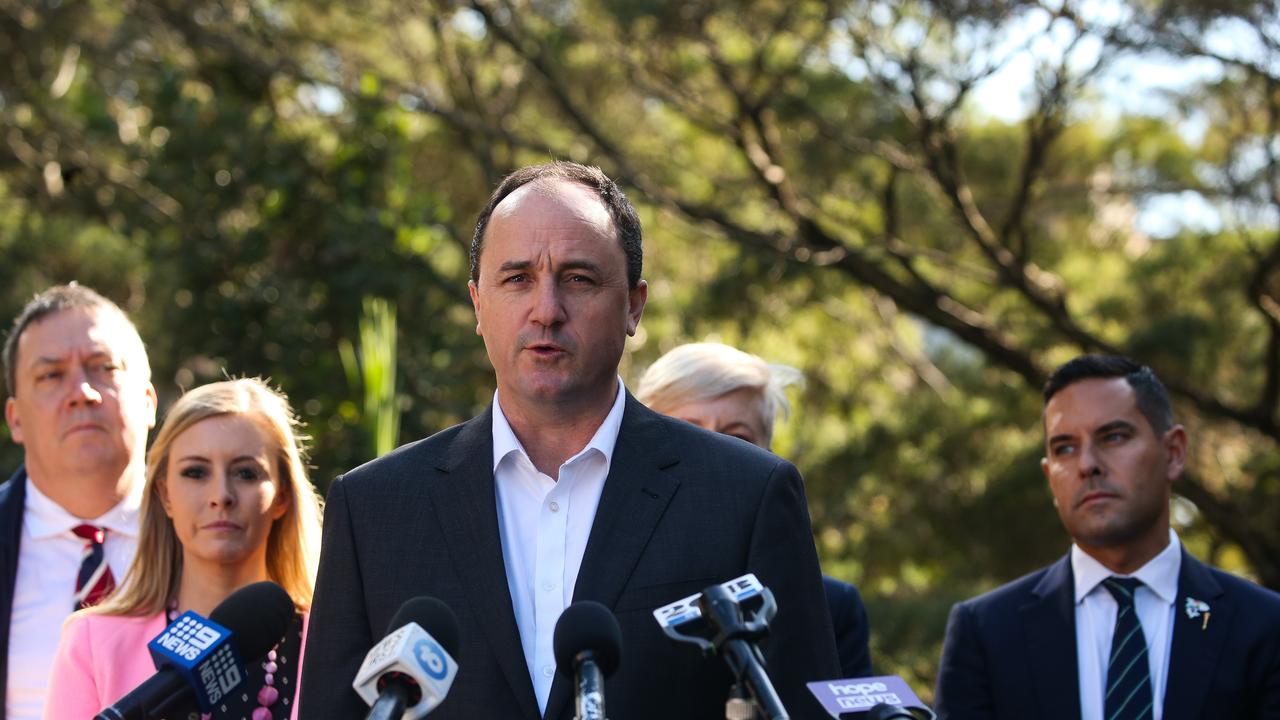
He evoked the memory of seven-time killer Ivan Milat when speaking on the sheer number of suspected homicides and disappearances that have been revealed this week.
“The worst serial killer in the nation’s history has gotten away with it,” he said.
“There is someone on the North Coast that has murdered as many or more (than Milat) and they are still amongst us, if they haven't died or fled the country.
“The worst crime in our state’s history is unresolved.”
Many of the women identified in the list went missing in similar circumstances, having left social events or going about their daily business and never seen again.
Mr Buckingham believes the small-town nature of these disappearances suggests it would require local knowledge to abduct and dispose of the women.
A NSW Police spokesperson said several strike forces and task forces have probed the disappearance of women on the state’s North Coast over the years.
“To this date, there is no evidence to indicate a common offender was responsible for the disappearances,” they said in a statement.
“The matters remain under investigation by State Crime Command’s Homicide Squad Unsolved Homicide Team and the Missing Person Registry.”
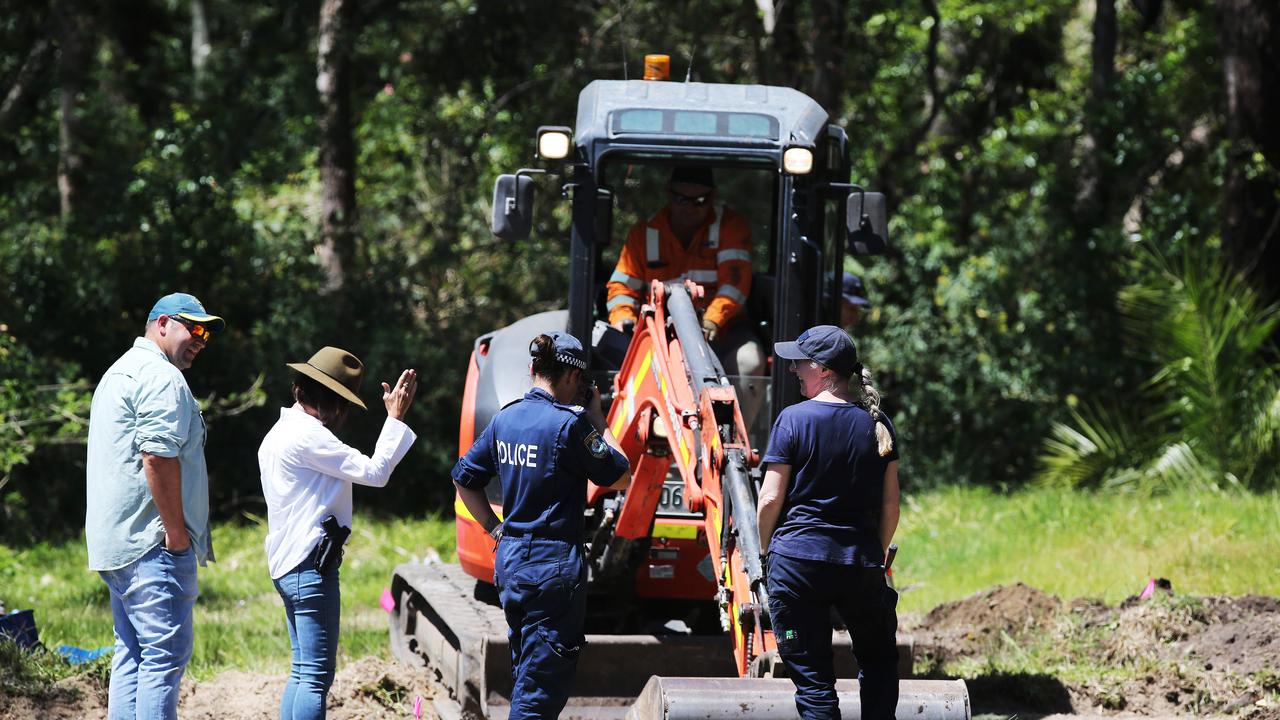
These dedicated teams include Task Force Fenwick, established in 1998 to investigate the disappearance of up to 20 young people from the Newcastle region over a 20-year period.
Strike Force Arapaima was also established in April 2019 to re-examine the unsolved disappearances and suspected murders of Lake Macquarie Robyn Hickie, Amanda Robinson, and Gordana Kotevski.
Mr Buckingham’s motion for police to release files detailing investigations identified by his questioning was carried in the upper house on Wednesday
The motion asked police to provide the documents within 21 days. It is understood at least some of these documents may not be made public due to ongoing investigations.
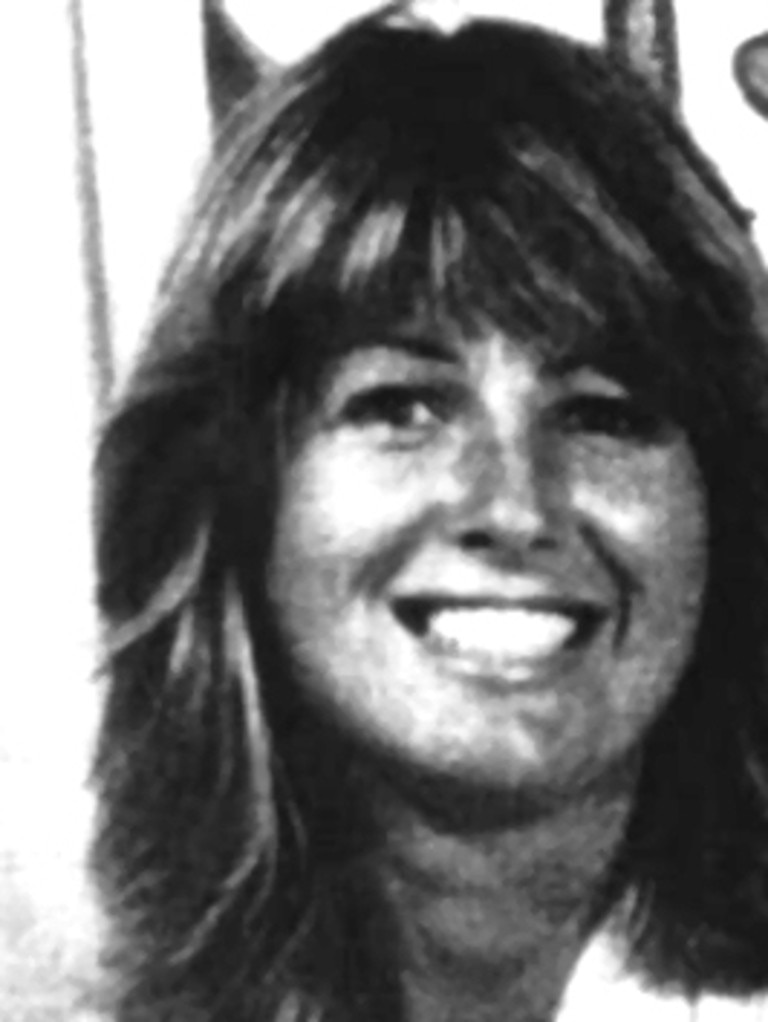
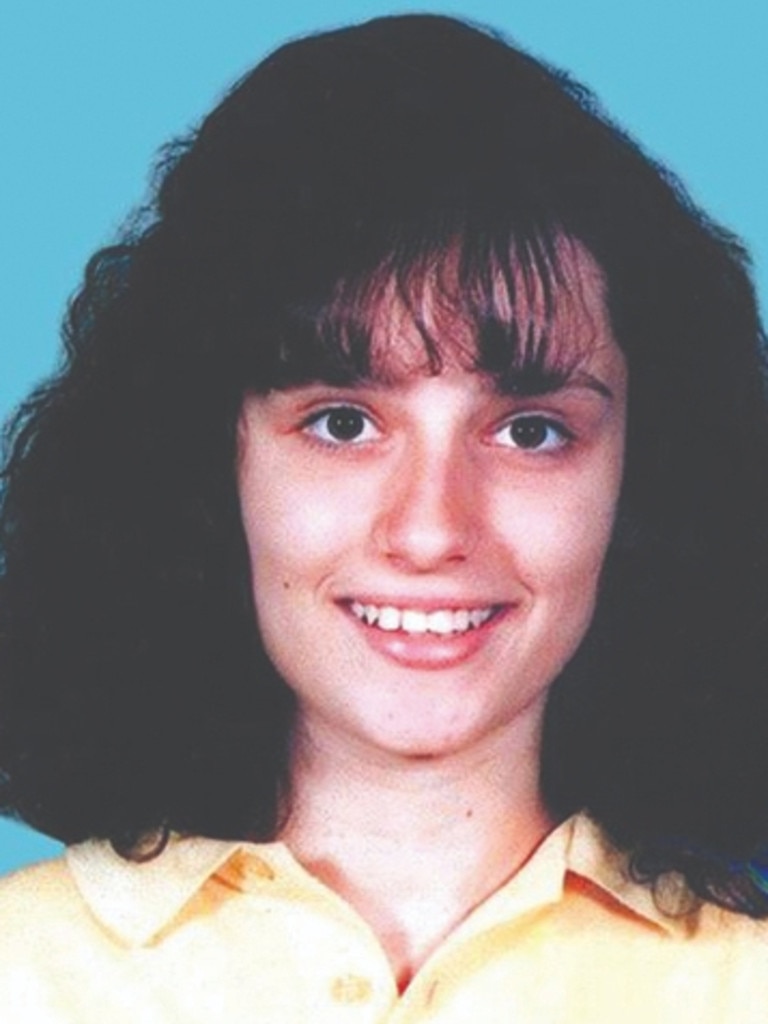
Mr Buckingham’s has called for a special commission of inquiry be held into these deaths, however NSW Premier Chris Minns has so far declined that course of action.
“If you look at other jurisdictions around Australia with a similar demographics, even a similar geography, there are just not those numbers,” Mr Buckingham said.
“In the whole of Tasmania, less than 10 (caes).
“When you looked at the North Coast cases there was an alarming similarity.”
Mr Minns said the police have an “incredibly committed homicide squad detectives whose business it is to investigate this information and if it is provided I promise you they will conduct a full investigation”.




